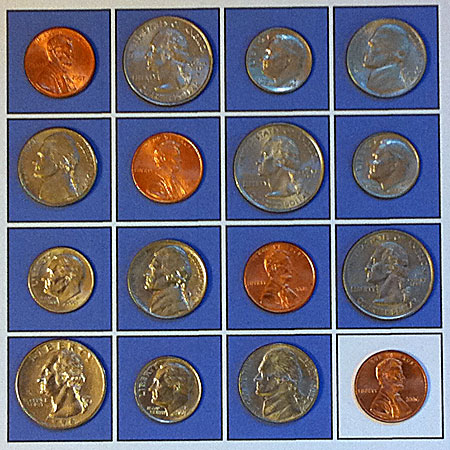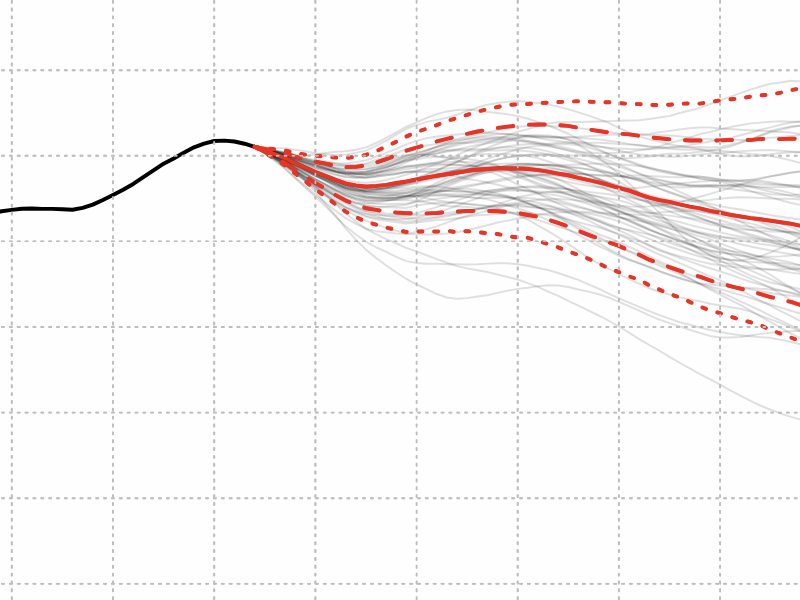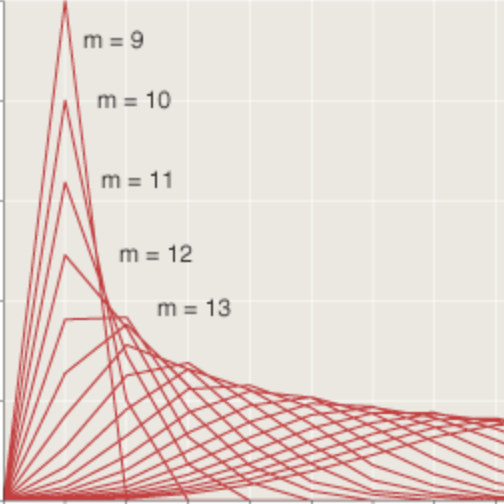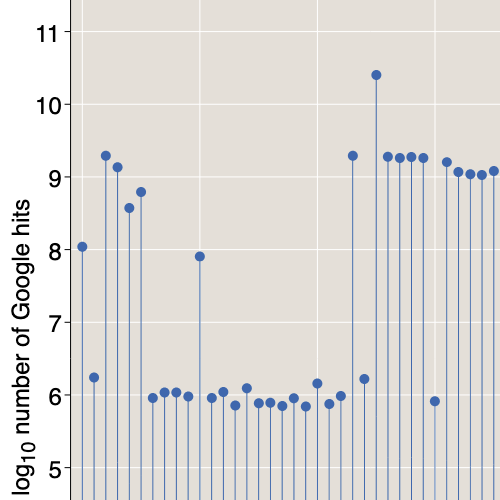F. Fortesque Fingerhut
by Brian Hayes
Published 16 July 2008
Riffling through some file folders last night, I happened upon an item that I evidently clipped out of Datamation years ago. It’s titled “Magic Moments in Software,” by Deborah Sojka and Philip H. Dorn. I can’t find a date on any of the pages, but internal evidence suggests it’s from the early 1980s.
The piece is organized as a timeline, listing various notable events in the history of software, such as the first successful run of a “user-written, meaningful Fortran program” (20 April 1957), the release of Lisp (1962) and BASIC (1964), and the publication of The Mythical Man-Month (1975). One of the early entries caught my eye:
1949—F. Fortesque Fingerhut, while trying to debug his first program on the ACE computer at the National Physical Laboratory, cannot find the problem. He cracks under the strain, disappears, and is not seen until 1981 when he reemerges as the net court judge at Wimbledon.
All the other events recorded in this chronology seem to be genuine, and there’s no April Fool disclaimer at the end. Is it possible that the story of F. Fortesque Fingerhut is not a joke?
Responses from readers:
Please note: The bit-player website is no longer equipped to accept and publish comments from readers, but the author is still eager to hear from you. Send comments, criticism, compliments, or corrections to brian@bit-player.org.
Publication history
First publication: 16 July 2008
Converted to Eleventy framework: 22 April 2025




Do you know what the first F stands for?
http://www.pierretristam.com/Bobst/07/wf070807.htm
suggests that the 1981 Wimbledon chair umpire, Bob Jenkins, famously overruled a linesman and called a John McEnroe ace out.
If the following bibliographic reference is correct (google dixit):
Sojka, Deborah and Dorn, Philip H. Magic Moments in Software. Datamation 27:9 (1981 August 25), 8.
then it is more a kind of august fool joke. unless the paper were submitted by april 1st..
p.s. see also the “computer humor” section on
http://en.wikipedia.org/wiki/Datamation
Had to be an August fool, the men’s final was played on July 5.
Here’s a picture of the Pilot ACE:
http://ei.cs.vt.edu/~history/50th/ace.jpg
I wonder what that first program did.
“I wonder what that first program did.”
Perhaps the answer is buried somewhere in the paperwork made available at
http://www.alanturing.net/turing_archive/archive/index/aceindex.html
http://www.alanturing.net/turing_archive/archive/l/l13/L13-008.html
suggests that the first stored program computed the square of the natural numbers. Remind me of my first BASIC program. Further on:
“It is sometimes convenient to have some means of attracting the attention of the operator during the course of the computation. This is done by means of (destination gate) D29 which operates a buzzer whenever a non zero number is transferred to it from any source. It may be used to indicate that an arithmetic check has not been satisfied …”
“It is sometimes convenient to have some means of attracting the attention of the operator… This is done by means of … a buzzer….”
Do you suppose this was a buzzer that made a loud sound, or one that delivered an electrical shock?
I hope it was like an ASCII BEL. If it were built by the Japanese, they might include a shock to punish programmer error. “You have dishonored the software!”
Spam screening: Please enter the next element of the sequence shown.
1, 6, 21, 107, …?